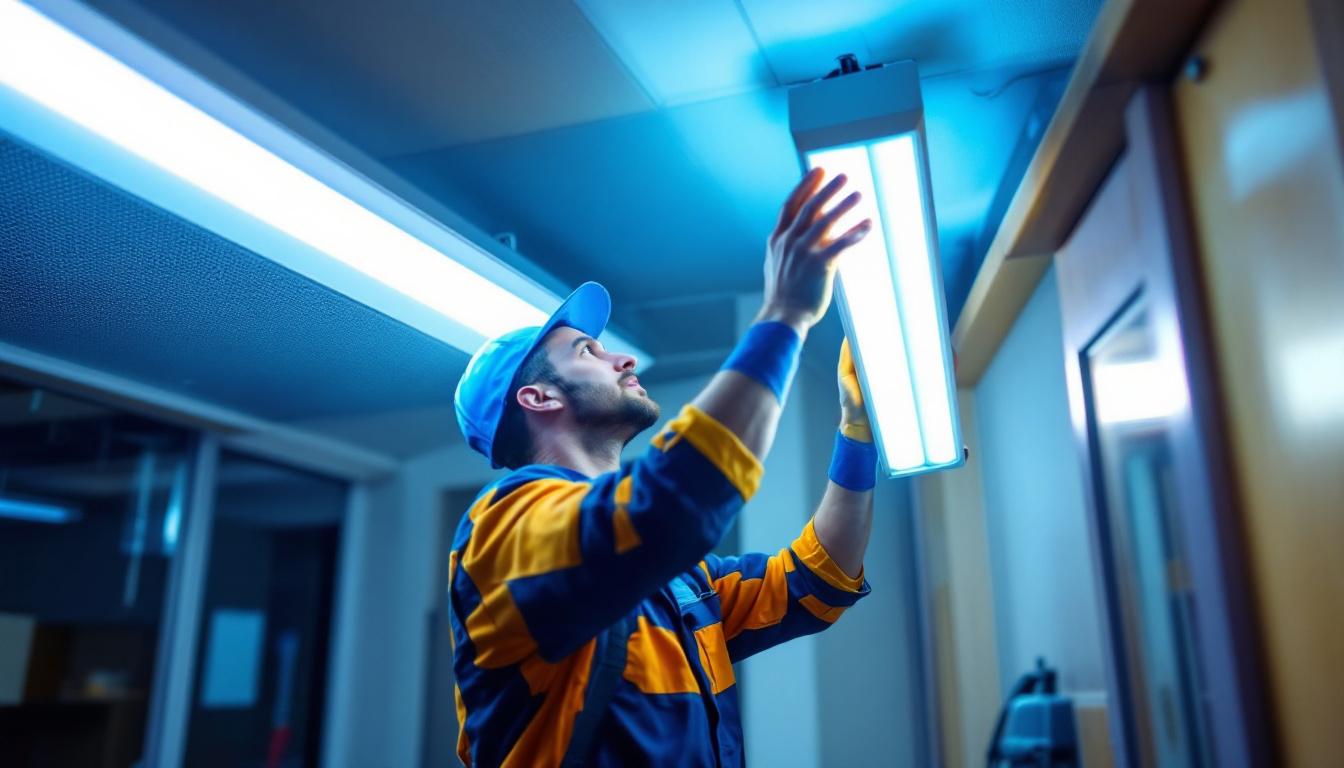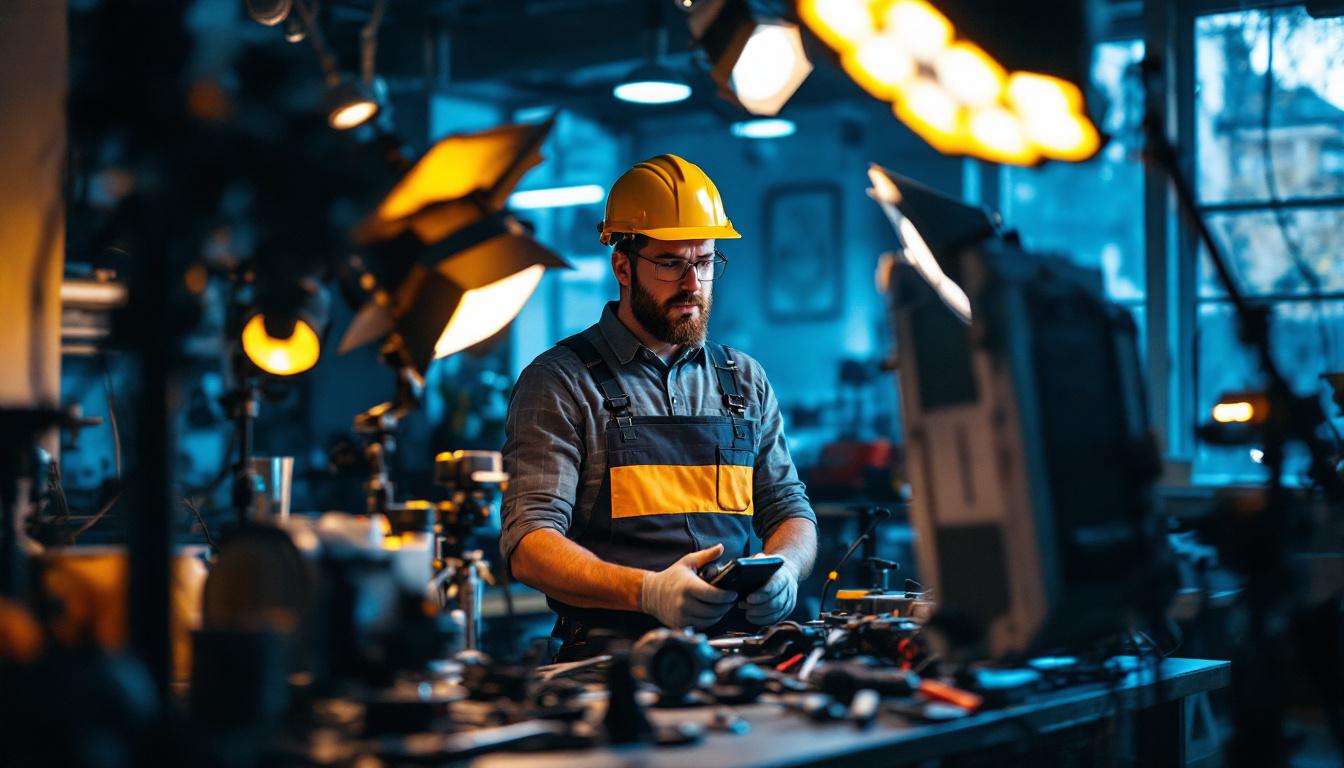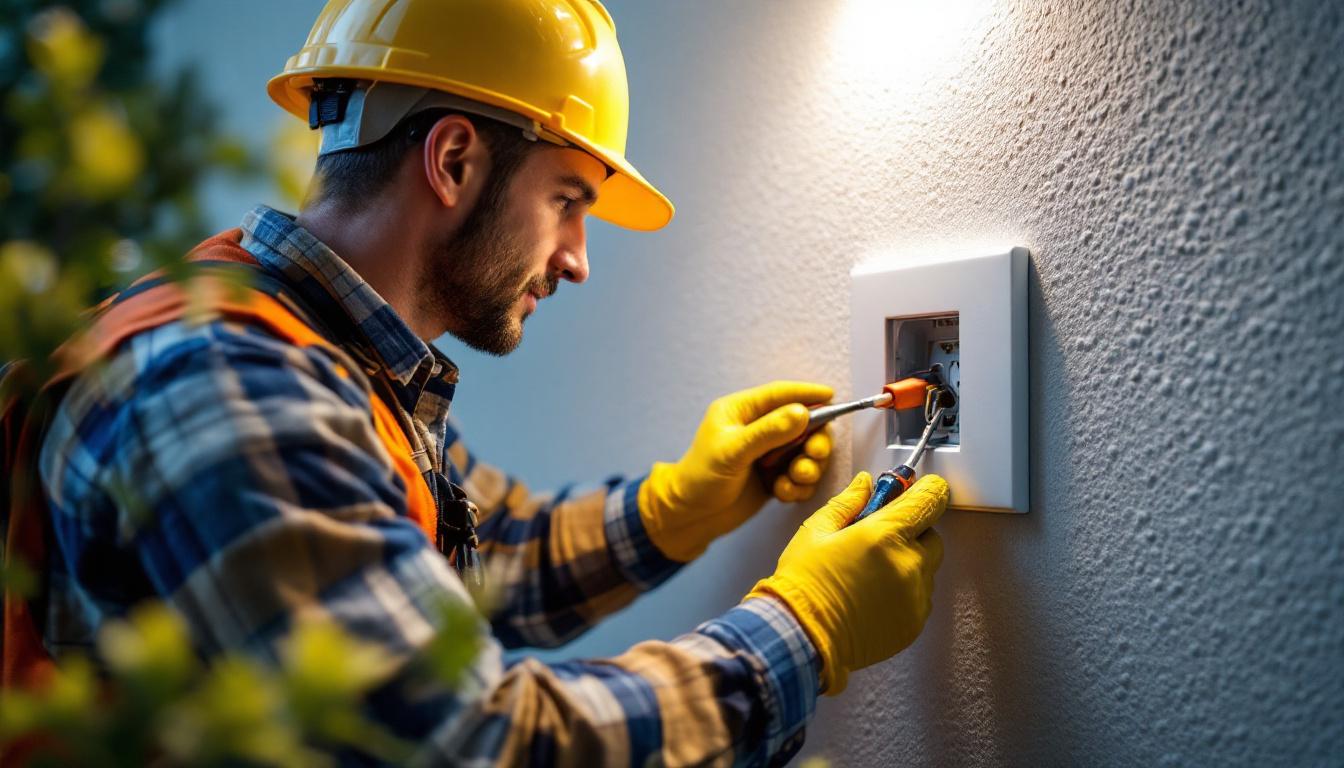
As the demand for energy-efficient lighting solutions continues to rise, many lighting contractors are finding themselves at the forefront of a significant transition: replacing traditional fluorescent light fixtures with modern LED fixtures. This guide aims to provide comprehensive insights and practical advice for lighting contractors looking to navigate this shift effectively.
LED lighting is renowned for its energy efficiency, consuming significantly less power than fluorescent fixtures. This reduction in energy usage translates not only to lower electricity bills for clients but also to a reduced carbon footprint, making it an environmentally friendly choice.
Moreover, LEDs convert a higher percentage of energy into light, which means less wasted energy in the form of heat. This efficiency can lead to longer lifespans for the fixtures, reducing the frequency of replacements and maintenance costs. In fact, many businesses have reported that switching to LED lighting has resulted in energy savings of up to 80%, allowing them to allocate those savings to other operational needs or sustainability initiatives.
In addition to the financial benefits, the widespread adoption of LED technology contributes to a significant decrease in the demand for electricity from fossil fuels, which is a critical step in combating climate change. As more consumers and businesses make the switch, the cumulative impact on energy conservation becomes increasingly substantial, promoting a greener future for all.
One of the standout features of LED fixtures is their longevity. While fluorescent lights typically last around 7,000 to 15,000 hours, LED lights can last anywhere from 15,000 to 50,000 hours or more. This extended lifespan means fewer replacements and less waste, making them a more sustainable option in the long run.
Additionally, LED fixtures are more durable than their fluorescent counterparts. They are resistant to shock, vibrations, and extreme temperatures, which makes them suitable for a variety of environments, including industrial settings where durability is paramount. This resilience not only ensures that they perform reliably in challenging conditions but also reduces the likelihood of downtime due to lighting failures, which can be costly for businesses.
Furthermore, the robust nature of LED technology means that they are less likely to break or fail, making them ideal for outdoor applications as well. Whether illuminating a busy street or enhancing the safety of a parking lot, LEDs maintain their performance over time, providing consistent and reliable lighting solutions that enhance visibility and security.
LEDs offer superior light quality, providing better color rendering and brightness compared to fluorescent fixtures. This is particularly important in commercial settings where accurate color representation is crucial, such as in retail or art galleries. The ability to choose from various color temperatures allows contractors to tailor lighting solutions to specific customer needs.
Furthermore, LEDs can be dimmed more effectively than fluorescent lights, giving clients greater control over their lighting environment. This flexibility can enhance the overall ambiance of a space and contribute to energy savings. The ability to adjust lighting levels not only creates a more comfortable atmosphere for occupants but also allows for dynamic lighting designs that can change throughout the day, aligning with natural light patterns and enhancing the overall aesthetic of a space.
Moreover, the instant-on feature of LEDs eliminates the warm-up time associated with fluorescent lights, providing immediate illumination when needed. This is particularly beneficial in settings where quick visibility is essential, such as in emergency exits or security lighting. With the advancement of smart lighting technology, LEDs can also be integrated into automated systems, allowing for smart scheduling and remote control, further enhancing their versatility and efficiency in modern lighting design.
Before making any replacements, it is essential to assess the existing fluorescent fixtures. There are various types of fluorescent fixtures, including troffers, surface mounts, and pendant lights. Each type may require a different approach during the replacement process.
Understanding the specific fixture type will help in selecting the appropriate LED replacement. For instance, troffer fixtures commonly found in commercial settings may have direct LED replacements available, while surface-mounted fixtures might require a retrofit kit or complete replacement.
Another critical consideration is the electrical compatibility of the existing fixtures. Most fluorescent lights operate on a ballast system, which regulates the current to the bulbs. When replacing with LED fixtures, it is important to determine whether the existing ballast can support LED technology or if it needs to be bypassed or replaced.
Some LED products are designed to work with existing ballasts, while others require a direct connection to the electrical supply. Understanding these requirements will ensure a smoother installation process and optimal performance of the new LED fixtures.
Each space has unique lighting requirements based on its function and design. Before replacing fluorescent fixtures, lighting contractors should conduct a thorough assessment of the lighting needs in the area. This includes considering factors such as brightness levels, color temperature preferences, and any specific tasks that will be performed in the space.
Engaging with clients to understand their expectations and preferences can lead to more satisfactory outcomes. Providing options based on the assessment will also demonstrate professionalism and expertise in the field.
When selecting LED fixtures, contractors have a variety of options to choose from. Common types include LED tubes, panel lights, and downlights. Each type serves different purposes and can be chosen based on the specific needs of the project.
LED tubes are often direct replacements for fluorescent tubes, making them an easy option for retrofitting existing fixtures. Panel lights provide a sleek, modern look and are ideal for commercial spaces, while downlights can create a more focused lighting effect in residential settings.
Color temperature is a crucial aspect of LED lighting that contractors must consider. Measured in Kelvin (K), color temperature affects the ambiance of a space. For example, warmer temperatures (2700K-3000K) are often preferred in residential settings for a cozy atmosphere, while cooler temperatures (4000K-5000K) are suitable for offices and commercial spaces where alertness is essential.
Additionally, the Color Rendering Index (CRI) measures how accurately a light source displays colors compared to natural light. A higher CRI (above 80) is generally preferred for spaces where color accuracy is important, such as in retail or art galleries.
When selecting LED fixtures, it is advisable to look for products that have Energy Star ratings or other certifications. These ratings indicate that the fixtures meet specific energy efficiency and performance standards, providing assurance to contractors and clients alike.
Using certified products not only enhances the credibility of the installation but can also qualify clients for energy rebates or incentives, further promoting the benefits of switching to LED lighting.
Before beginning the installation process, contractors should ensure that all necessary tools and materials are on hand. This includes the new LED fixtures, wiring tools, safety gear, and any additional components required for the installation.
Safety is paramount during any electrical work. Contractors should always turn off the power at the circuit breaker and use appropriate personal protective equipment (PPE) to minimize risks. Following local electrical codes and regulations is also essential to ensure compliance and safety.
The first step in the installation process is to remove the existing fluorescent fixtures. This typically involves disconnecting the power supply, removing the fixture from its mounting, and carefully detaching the wiring. Proper disposal of fluorescent tubes is also important, as they contain hazardous materials that require special handling.
Contractors should take care to document the wiring configuration of the existing fixtures, as this will assist in connecting the new LED fixtures correctly. Taking photos or notes can be helpful for reference during installation.
Once the old fixtures are removed, the next step is to install the new LED fixtures. Depending on the type of LED fixture being installed, this may involve mounting the fixture, connecting the wiring, and ensuring that all components are securely fastened.
For retrofit options, contractors may need to bypass the existing ballast or install a compatible one. It’s crucial to follow the manufacturer’s instructions for installation to ensure optimal performance and safety. After installation, testing the fixtures before finalizing the project is essential to confirm that everything is functioning correctly.
After completing the installation, contractors should conduct thorough testing of the new LED fixtures. This includes checking for proper functionality, ensuring that the light output meets client expectations, and verifying that there are no flickering or dimming issues.
Quality assurance is key to maintaining a good reputation as a lighting contractor. Addressing any issues promptly and ensuring client satisfaction can lead to repeat business and referrals.
Once the installation is complete, it is beneficial for contractors to educate clients on the advantages of their new LED lighting. Providing information about energy savings, maintenance benefits, and how to operate the fixtures can enhance the client experience and promote the value of the investment.
Offering to provide ongoing support or maintenance services can also strengthen the contractor-client relationship and ensure that clients feel confident in their new lighting system.
Transitioning from fluorescent to LED lighting is a significant step that offers numerous benefits for both contractors and clients. By understanding the advantages of LED technology, assessing existing fixtures, choosing the right products, and executing a professional installation, lighting contractors can position themselves as leaders in the industry.
This handbook serves as a guide to navigate the complexities of replacing fluorescent fixtures with LED alternatives. By following these best practices, contractors can ensure successful projects that meet the needs of their clients while contributing to a more sustainable future.
As the lighting industry continues to evolve, staying informed about the latest trends and technologies will be crucial for contractors aiming to thrive in a competitive market. Embracing LED lighting not only enhances the quality of projects but also aligns with the growing demand for energy-efficient solutions.
Ready to lead the charge in the transition from fluorescent to LED lighting? At LumenWholesale, we provide lighting contractors like you with the highest quality, spec-grade LED fixtures at unbeatable wholesale prices. Say goodbye to local distributor markups and hello to a vast selection of reliable, high-performance lighting that meets the strictest industry standards. With the convenience of bulk buying, free shipping, and no hidden fees, you can confidently equip your projects with the best lighting solutions available. Elevate your lighting game and deliver exceptional value to your clients by choosing Wholesale Lighting at the Best Value with LumenWholesale.

Discover the latest advancements in light technology and how they are transforming the industry.

Discover how lighting contractors can enhance their projects with barn light exteriors.

Discover how understanding ceiling fan parts can enhance your services as a lighting contractor.

Discover the essential insights lighting contractors need to meet client expectations when installing external electrical outlet boxes.